Overview
Map
Other Details
مار تادي - قرطبا
1607
Qartaba
Jbeil
Mount Lebanon
بنيت الكنيسة سنة ١٦٠٧ عندما نزح الخوري تادي وأولاده من بلاد الرها الى قرطبا ووهبهم الأرض لبنائها مشايخ آل حمادة. الكنيسة هي الوحيدة في لبنان على إسم مار تادي أي تدّاوس رسول آسية الصغرى وهو المعروف بمار لابا في سائر كنائس لبنان. أعيد بناء الكنيسة سنة ١٨٦٨. اللوحة الأساسيّة تعود لسنة ١٨٨٠ من عمل الرسّام داود القرم رُمّمت سنة ٢٠٠٤ وتُمثّل مار تادي بهيئة أسقف. وفي الكنيسة لوحة ثانية لمار شلّيطا من عمل الرسّام البولوني بولس شلافاك.The church was built in 1607 when the family of the priest Tedy came to Qartaba from Urfa. It was built upon a parcel of land that was donated by the Hamade sheikhs. It is the only church in Lebanon dedicated to St Tedy or Jude the apostle of Asia Minor. The other churches in Lebanon are usually dedicated to him under the name of apostle Leba. The church was rebuilt in 1868. The painting is the work of Dawoud Al Qorm dating back to year 1880 representing St Tedy as a bishop. It was restored in 2004. The church holds another painting by the polish painter Paul Shlavak and represents St Shalita (Artemius of Antioch) on his horse.
Visited 2465 times, 4 Visits today
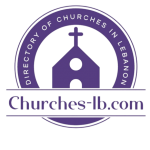


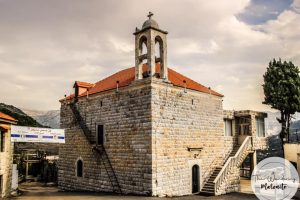
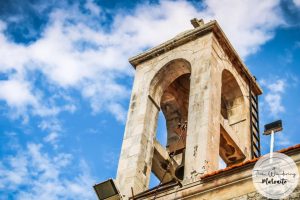
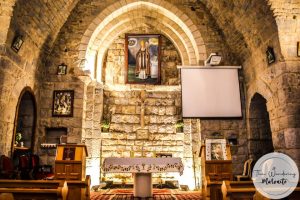
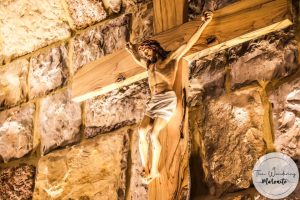
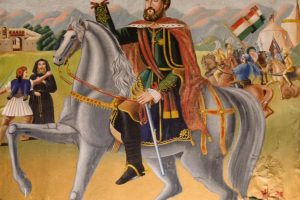
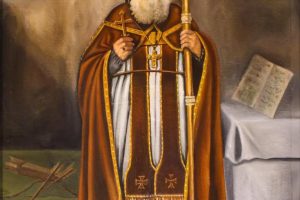
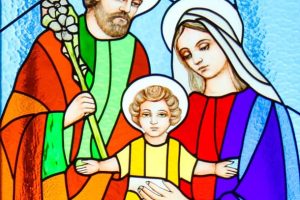










Reviews are disabled, but trackbacks and pingbacks are open.